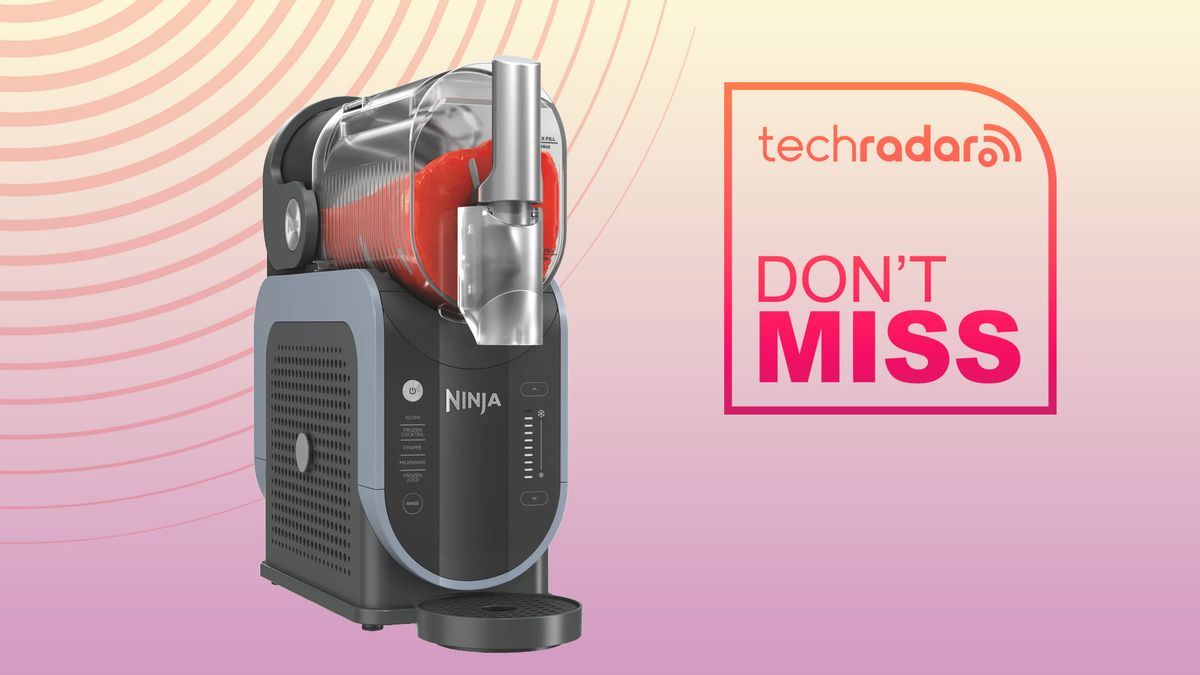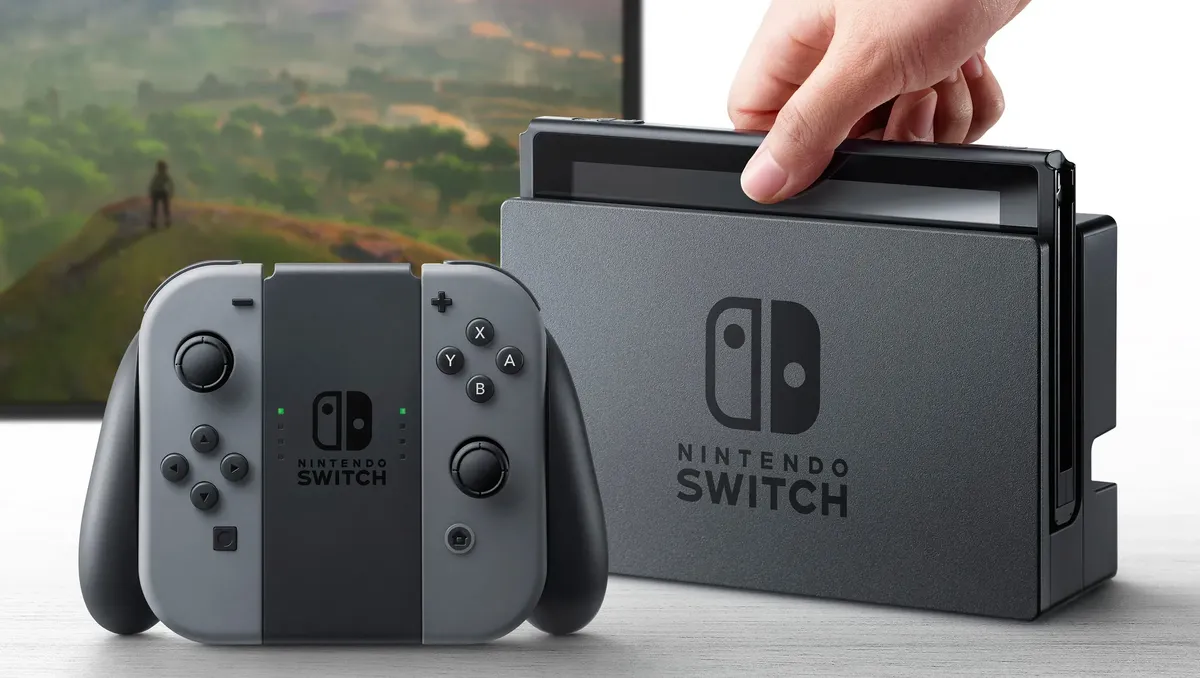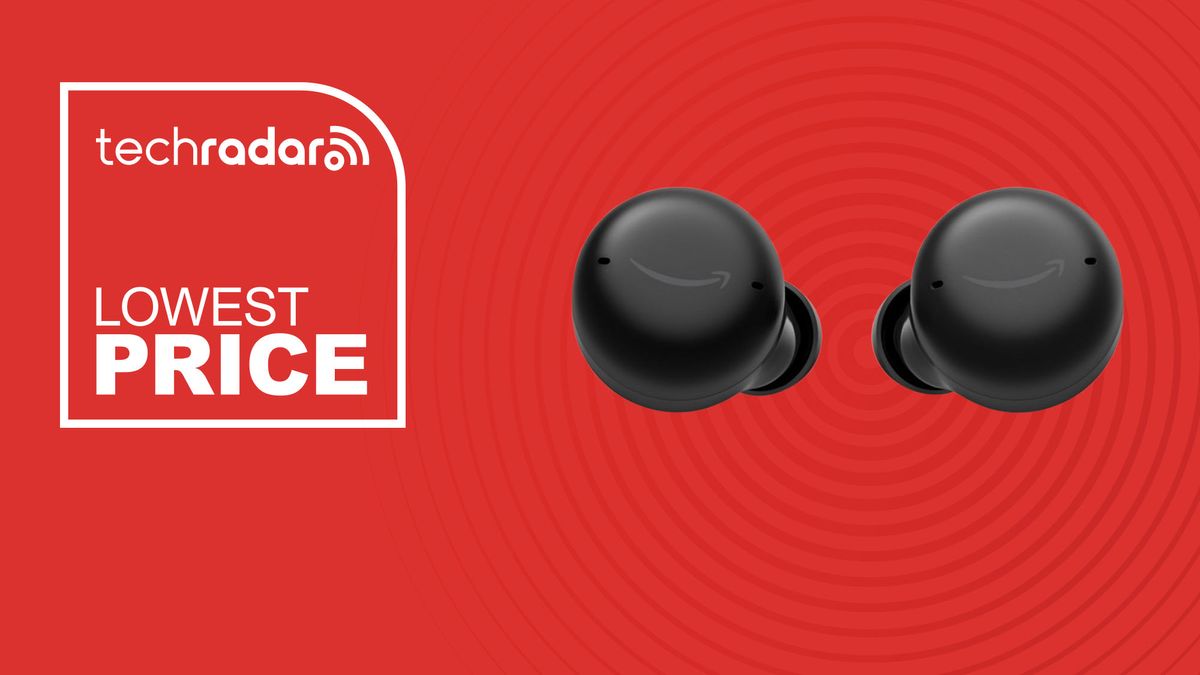Follow ZDNET: Add us as a preferred source on Google.
ZDNET's key takeaways
- You'll find plenty of lightweight Linux distributions.
- Not all Linux distributions were created to be fast.
- These speed demons are ready to impress you.
Linux is many things to many people. For some, it's a way to keep older hardware going strong. Linux accomplishes this by offering several lightweight Linux distributions, or distributions that are just plain fast. Even better, when using such a distribution, you typically don't have to sacrifice features and integration.
Below are my favorite fast Linux distributions.
Also: How to create a bootable Linux USB drive
1. RedoxOS
RedoxOS is a special kind of Linux distribution that uses a microkernel and is written in Rust. For those who don't know, Rust is a programming language well-known for being fast. I've been using System76's COSMIC desktop environment, which is also written in Rust and is lightning fast. Imagine an entire OS written in that same language. That's what RedoxOS is, and it's zippy. This is, hands down, the fastest operating system that I've ever used. Apps open in the blink of an eye, and everything works so smoothly. Part of the reason for this speed is the minimal number of applications that are preinstalled, which also means fewer background services are running.
There is one issue with RedoxOS that might give you pause: it's not quite finished. Yes, you can install the OS and use it, but you'll quickly wind up frustrated as the features that don't work start to accumulate. That's fine because it's still early in development (currently at the 0.9.0 release). Although RedoxOS isn't ready for prime time, it is certainly worth installing, if only to experience an operating system speed that you've never seen before.
Along with the OS and desktop environment, you'll find apps like the following installed: Calendar, terminal app, file manager, a Minecraft client, image viewer, periodic table, and Pixelcanon (which isn't an app per se, but the RedoxOS rendering engine). Like nearly all Linux distributions, this speedster can be downloaded and installed, and used for free. Just remember that the current version isn't a viable option for everyday use. I would suggest waiting until he first full release to give it a shot.
The speed of Redox OS is out of this world.
2. Linux Lite
As the name implies, Linux Lite is light. This open-source OS also happens to be one of the many lightweight distributions, which means, by nature, this OS should be fast. Linux Lite achieves its speed by not adding much in the way of aesthetics. This distribution is a basic, get-down-to-work operating system that doesn't include bells & whistles. In fact, the only thing about Linux Lite that will make you go, "Whoa!" is the speed, as this distribution can certainly gallop along with the best of them.
Get the biggest stories in tech every Friday with ZDNET's Week in Review newsletter.
Linux Lite uses a slightly tweaked version of the Xfce desktop environment, which also adds to its speed. Because it uses Xfce (aka "The queen of customization"), you can change the desktop to your heart's content, knowing that the OS will remain a speedster. Out of the box, you'll find applications such as Chrome, LibreOffice (including Base, to create databases), GIMP, Photo Manager, Deja Dup Backups, VLC media player, a USB image writer, an onscreen keyboard, Timeshift (for restore points), so it doesn't lack for apps. Linux Lite can be installed and used on as many computers as needed, for free.
Also: Thinking about switching to Linux? 6 things you need to know
It's a simple but effective desktop.
3. Xubuntu
Another distribution that leans into Xfce is Xubuntu. This is a Ubuntu spin that uses the Xfce desktop (hence the name), which means it's not only fast but highly configurable. Out of the box, you'll find the following apps preinstalled: LibreOffice (office suite), Firefox (web browser), Thunderbird (email client), Transmission (torrent client), Catfish (file search tool), GIMP (image editor), Rhythmbox (music player), Parole Media Player, Atril Document Viewer, and more.
The default desktop layout is minimal (a top and bottom panel and not much more), but it makes using Linux fairly straightforward. Because this is Xfce, you can customize it how you want, and still trust that it will continue being one of the fastest operating systems you've ever used. I would caution you with this warning: Xfce is highly configurable, which not only means there are a ton of options to choose from, but there are also several options that could cause the desktop to be unusable (if configured improperly). If you want a fast and simple OS, Linux Lite is a great place to start.
4. Bodhi Linux
Bohdi Linux holds a special place in my heart. The reason for this is that the Moksha desktop is based on Enlightenment, which was my favorite Linux window manager for years. Although the Moksha desktop is unlike any you've used before (especially if you're coming from MacOS or Windows), it's a delight to work with. Moksha is highly configurable, lightweight, and as fast as nearly any desktop on the market.
Bodhi Linux is quite lovely, and although it might not be the most user-friendly distribution available, once you get used to the way it works, you'll find it all makes perfect sense (and wonder why other DEs haven't followed suit). For example, if you right-click anywhere on the desktop, you'll see the desktop menu, from which you can launch applications. Bodhi Linux also retains one of my favorite features of any desktop environment. If you double-click an application's titlebar, the window shades up, which means it rolls up, leaving behind only the titlebar. This is a great way to multitask without having to minimize applications out of the way. And, of course, Bodhi Linux is very, very fast.
Moksha's Green theme is now the default.
You can download and use Bodhi Linux for free.
Also: XeroLinux could be the most beautiful Linux desktop on the market
5. Puppy Linux
Puppy Linux is actually a collection of multiple Linux distributions, each of which builds on the same shared principles, built on top of a unique set of puppy-specific applications and configurations. Part of the reason for this methodology is to deliver a consistent "Puppy" experience. Puppy Linux is easy to use, very small, fast, versatile, and is based on either Ubuntu, Debian, or Void Linux (depending on the version you choose).
Puppy is also available for 32 and 64-bit hardware, and if you have an aging 32-bit system lying around, you'll be shocked at how well (and fast) Puppy Linux is. Puppy does have its own package manager (PPM), which can install from the default repositories or from third parties. Keep in mind that some applications were built to run on a specific version of Puppy Linux. If you find an application that doesn't run on the version you've chosen, you can either skip it or jump to a Puppy version that includes the software that you need.
The Puppy Linux default desktop.
Puppy Linux can be installed and used for free. Make sure to grab the latest version in ISO format from the official Puppy Linux site.

 4 hours ago
5
4 hours ago
5








 English (US) ·
English (US) ·